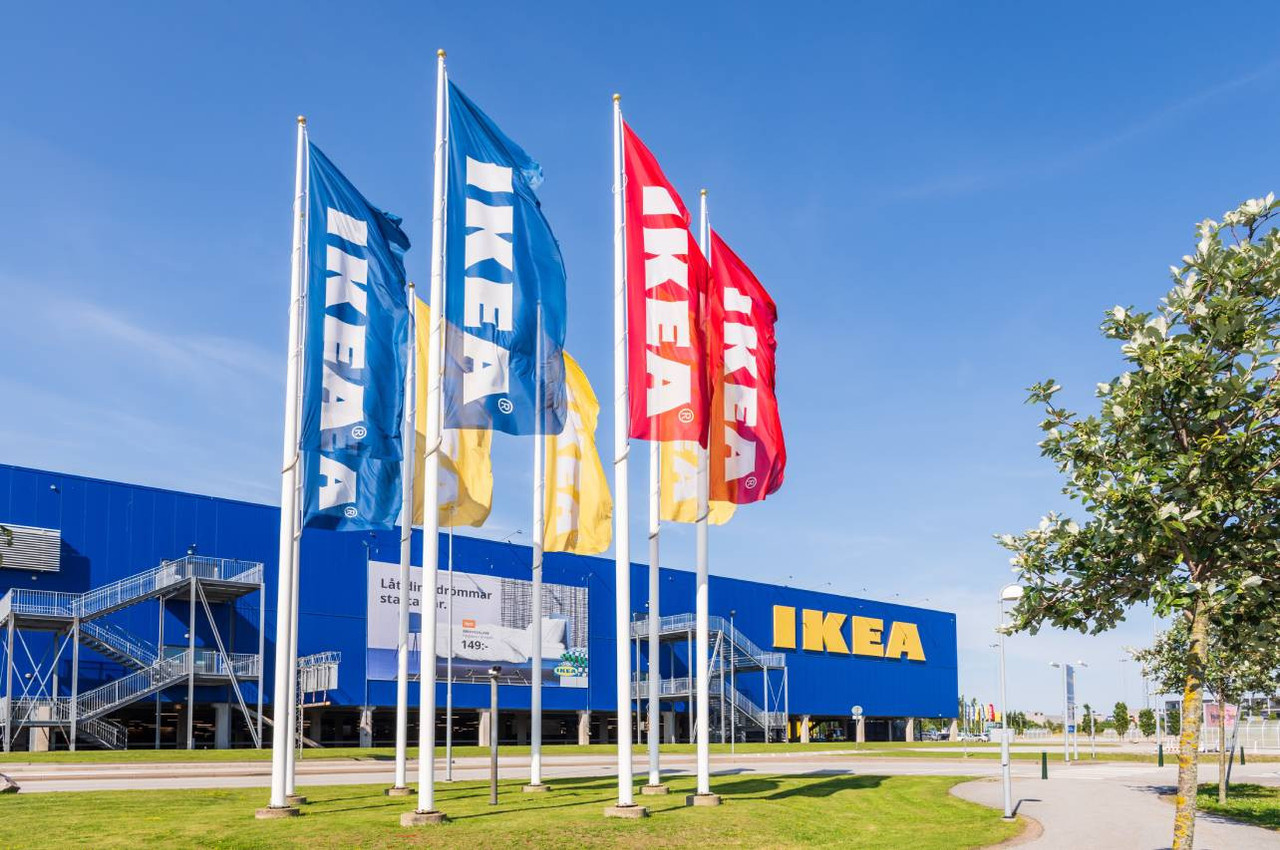There was a time when selling across borders was a logistical challenge. In 2025, a simple click is all it takes. Last year, the cross-border online market in the European Union reached €275.6bn (excluding travel), representing 36% of global online trade. This dynamic was highlighted by a report from Cross-Border Commerce Europe (CBCommerce), issued on Thursday 17 April and carried out with the support of Fedex Express and Poste Italiane.
After a slight dip in 2023, the turnover of the top 500 European B2C cross-border brands jumped by 39% in 2024 to reach €69.5bn. “This substantial increase testifies to the robustness of the cross-border market and the growing competitive advantage that these leading players hold on the international stage,” the authors of the study point out.
To establish its rankings, CBCommerce assesses companies according to four main criteria:
- cross-border online sales from 15 countries in western Europe, Scandinavia and the UK;
- SEO indicators reflecting cross-border performance;
- cross-border score based on the number of active countries; and
- proportion and number of cross-border visitors.
To these criteria are added seven weighted secondary parameters, ranging from linguistic diversity to payment methods and the quality of local logistics.
Sweden and Germany top the list
Topping the list are, Ikea (€5.2bn in cross-border sales), Lidl, H&M, Zalando, Jysk, Notino, Lego, Adidas, Decathlon and Zara. Between them, these ten giants account for a fifth of the sales of the top 500. Sweden has two companies in the top three (Ikea and H&M), with Germany squeezing in between them with second-ranked Lidl.
The fashion, jewellery and luxury goods sector is the driving force behind this digital commerce, accounting for 43% of the ranking. This is followed by the home, garden and DIY segments, with 9%. But another trend is emerging: re-commerce, or the resale of second-hand items. Estimated at €200bn last year, this market could double by 2030, according to the report. The fashion sector plays a key role, generating €7bn of GDP in the EU alone and some 150,000 jobs. Fashion re-commerce is even expected to grow by 10.3% a year until the end of the decade.
Whilst politicians are wondering about the future of the single market, consumers are already crossing borders. Virtually, but concretely: according to CBCommerce, cross-border e-commerce is set to continue growing in the coming years, with the top 500 brands alone attracting 1.7bn cross-border visitors per month.
This article was originally published in .
